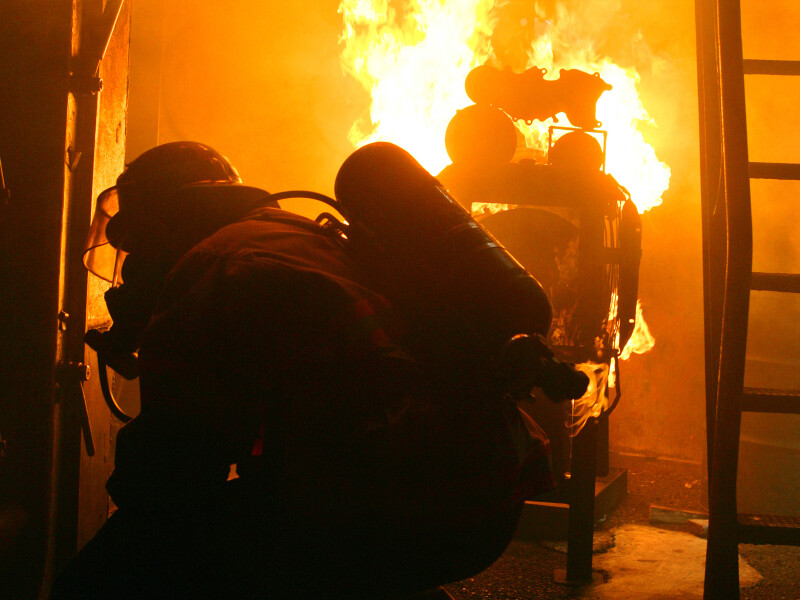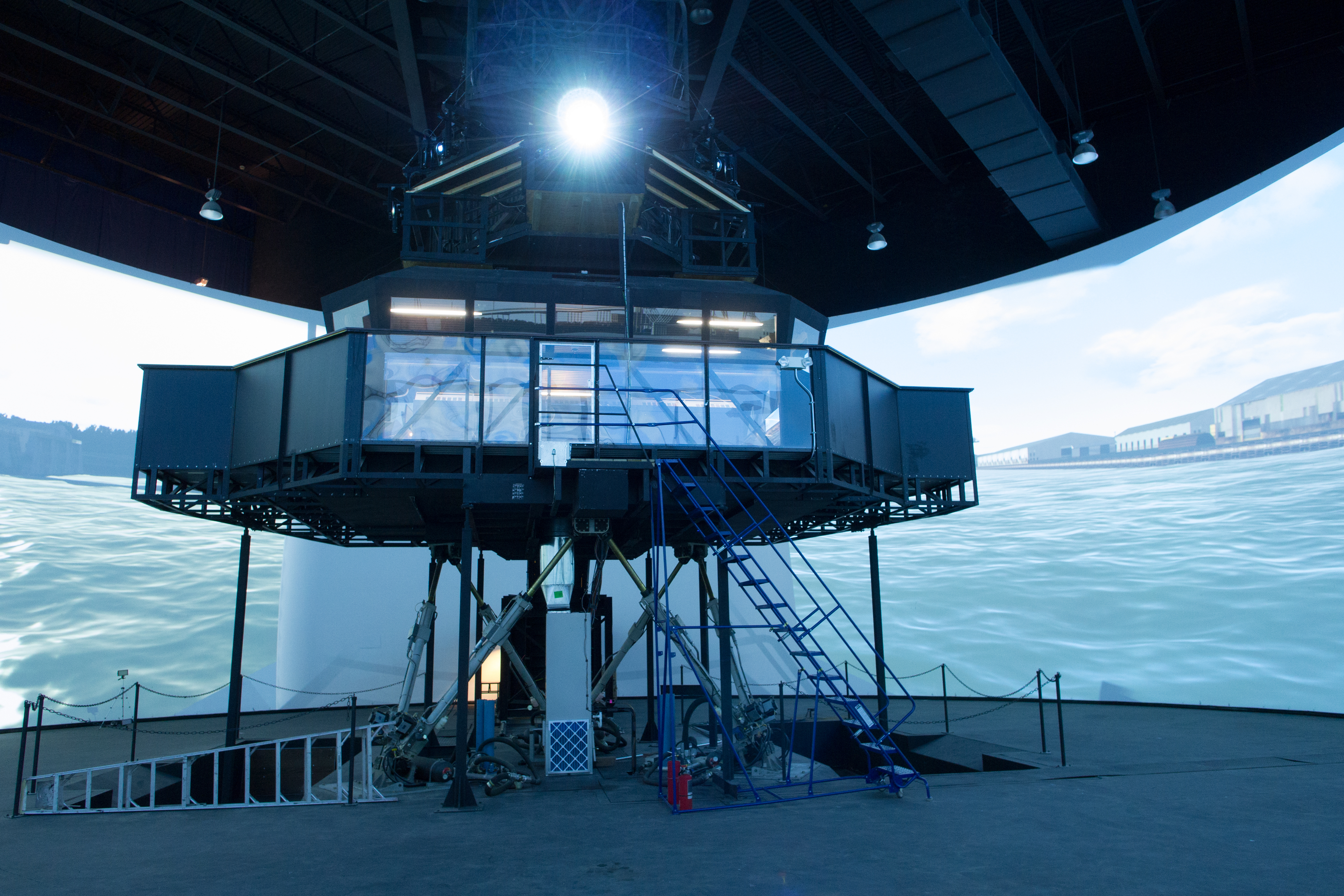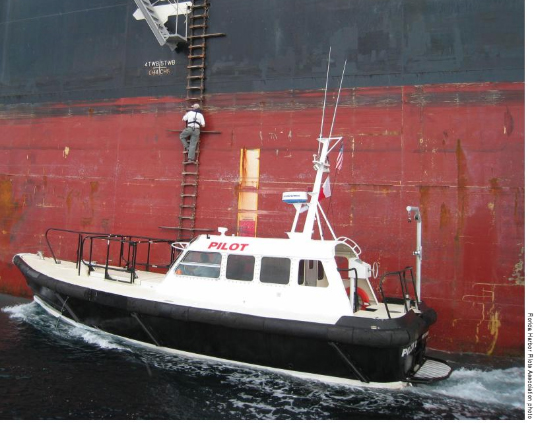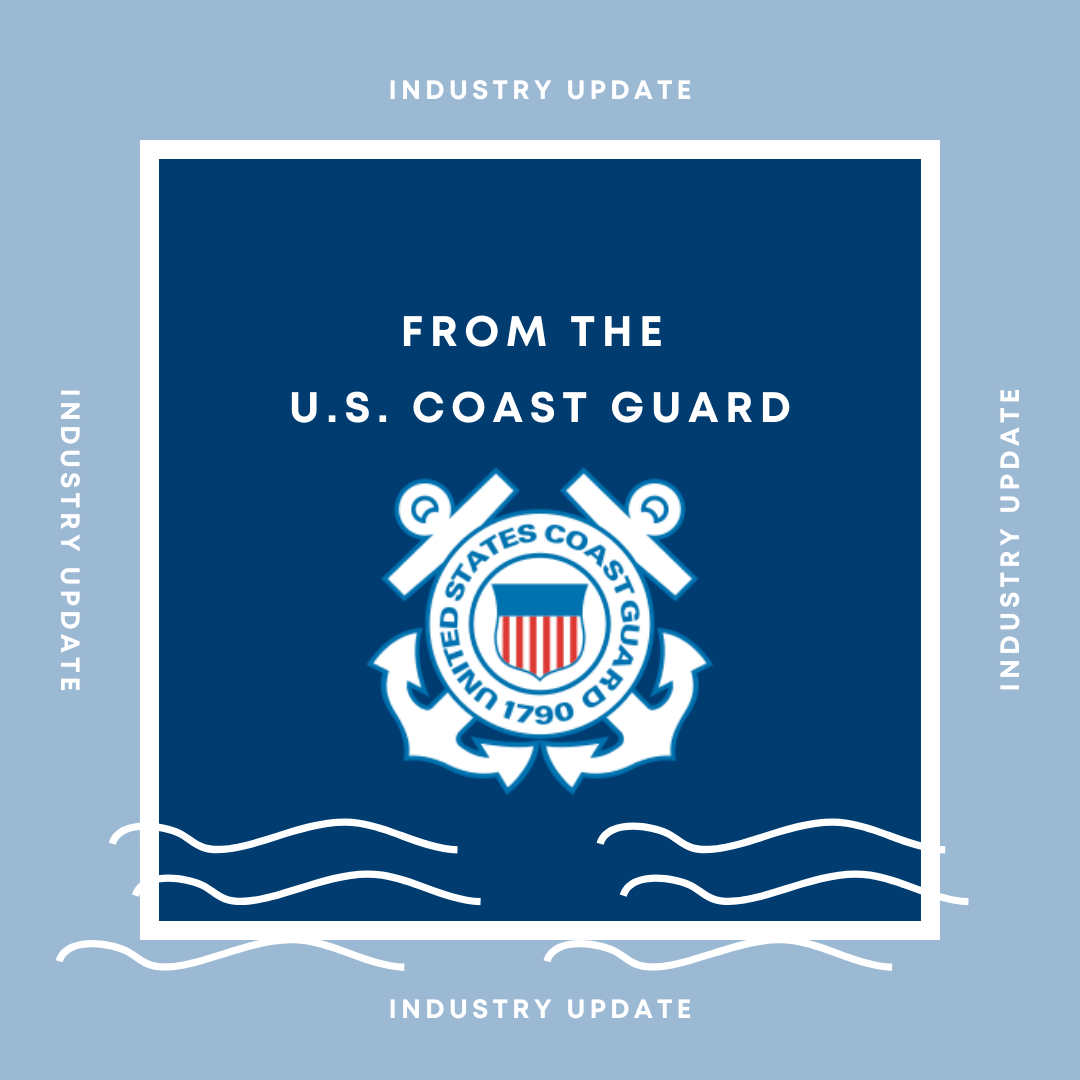As quoted in a recent WorkBoat Magazine article written by Michael Crowley:
“Most workboat accidents are preventable. Not willing to replace old equipment, an unwillingness to acknowledge that, yes, boats deteriorate and its crew might not always be paying attention to what’s happening around them or know what to do when an incident takes place, all contribute to accidents that should not have happened. A wise option for operators is to invest time and money on safety measures that should be built into a boat before it leaves the dock and crew training that promotes a strong safety culture.”
This is where shipping companies and individual mariners can turn to MITAGS for safety training and navigational assessment.
One program, MITAGS’ Navigation Skills Assessment Program (NSAP)®, simulates a wheelhouse environment to assess a mariner’s performance when put in challenging situations to see how the vessel and people perform/react to stress. The scenarios presented use elements and challenges that mariners encounter in the real world — shoals, aids to navigation, traffic, weather, currents, shiphandling, communication, vessel traffic services, and more. At the conclusion of the NSAP® session a comprehensive report is provided to the company which can be used to determine the allocation of resources to improve specific skills or mitigate specific risks.
“The whole idea of the simulation is to make ‘them feel like it’s real and to understand what it takes to make a good decision and experience the stress,'” said MITAGS’ Director of Business of Development, Captain Jon Kjaerulff.
MITAGS also offers STCW Basic Training and safety/emergency response courses. The WorkBoat Magazine article continues:
“Constant monitoring is critical for preventing and detecting fires, said Kjaerulff. MITAGS basic and advanced firefighting courses combine classroom instruction and field training. ‘The main thing we say is you don’t want it to get started. Teach your crew where fire hazards are, what to look for and what they should report.’”
MITAGS safety training courses stress that when a fire does break out, a crewman’s initial reaction should be to keep it from getting worse, ‘as well as notifying everybody. The last thing you want to do is be the guy that discovers a fire, tries to put it out, and nobody knows about it.'”
The real value in the courses and programs offered at MITAGS, whether in the simulator, at the fire field, or in the pool, is the hands-on training and getting mariners to recognize that these scenarios could really happen to them.
Captain Kjaerulff continues to discuss the importance of then taking this training and applying it to companies’ own onboard drills and operations.
MITAGS can also assist with developing a safety program matched to a particular vessel’s layout and can even send its instructors to provide onboard training if the crea is unable to travel to one of our campuses or would prefer the onboard customization.
To learn more about MITAGS’ training courses, click here. If you’d like to explore custom training options onboard for your crew, please contact Captain Jon Kjaerulff at jkjaerulff@mitags.org or 206.801.1245.
Click Here to Read the WorkBoat Article in its Entirety




